Growth of IoT Applications
The proliferation of Internet of Things (IoT) applications in Japan is significantly influencing the heterogeneous network market. With an estimated 1.5 billion connected devices expected by 2025, the need for diverse network solutions is paramount. The heterogeneous network market is adapting to support the unique requirements of IoT, which often necessitates a combination of different network types to ensure seamless connectivity. This growth in IoT is not only enhancing consumer convenience but also driving efficiency in various sectors, including manufacturing and healthcare. As businesses increasingly adopt IoT technologies, the heterogeneous network market is poised for substantial growth.
Increased Cybersecurity Concerns
As cyber threats become more sophisticated, the need for enhanced cybersecurity measures within the heterogeneous network market is becoming increasingly critical. Organizations in Japan are recognizing the importance of securing their networks, particularly as they adopt more complex and varied technologies. The heterogeneous network market is responding by developing solutions that incorporate advanced security protocols and technologies. This focus on cybersecurity is likely to drive innovation and investment in the market, as businesses seek to protect sensitive data and maintain operational integrity. The growing awareness of cybersecurity risks is thus a significant driver for the heterogeneous network market.
Shift Towards Cloud-Based Solutions
The shift towards cloud-based solutions in Japan is reshaping the landscape of the heterogeneous network market. As businesses increasingly migrate their operations to the cloud, the demand for flexible and scalable network solutions is rising. The heterogeneous network market is adapting to this trend by offering services that facilitate seamless cloud integration and management. Recent statistics indicate that cloud adoption in Japan has reached approximately 70%, highlighting the urgency for networks that can support this transition. This shift not only enhances operational efficiency but also drives the need for innovative network solutions, positioning the heterogeneous network market for continued growth.
Government Initiatives for Smart Cities
Japan's government initiatives aimed at developing smart cities are acting as a catalyst for the heterogeneous network market. These initiatives focus on integrating various technologies to improve urban living conditions, which necessitates a robust and flexible network infrastructure. The heterogeneous network market is likely to benefit from investments in smart transportation, energy management, and public safety systems. With the government allocating approximately $10 billion for smart city projects, the demand for heterogeneous networks that can support diverse applications is expected to rise. This investment underscores the potential for growth within the heterogeneous network market.
Rising Demand for High-Speed Connectivity
The increasing demand for high-speed connectivity in Japan is a primary driver for the heterogeneous network market. As consumers and businesses alike seek faster internet services, the need for advanced network solutions becomes evident. The heterogeneous network market is responding to this demand by integrating various technologies, including 5G and Wi-Fi 6, to enhance user experience. According to recent data, the number of broadband subscriptions in Japan has reached approximately 40 million, indicating a robust market for high-speed internet. This trend is likely to continue, as the Japanese government aims to improve digital infrastructure, further propelling the heterogeneous network market.


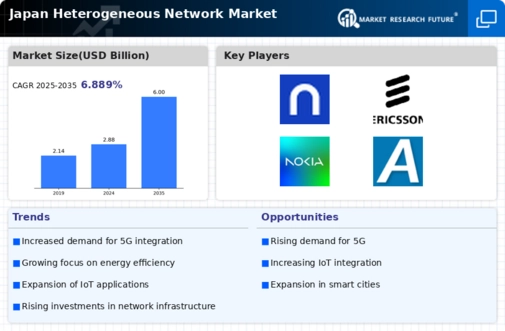
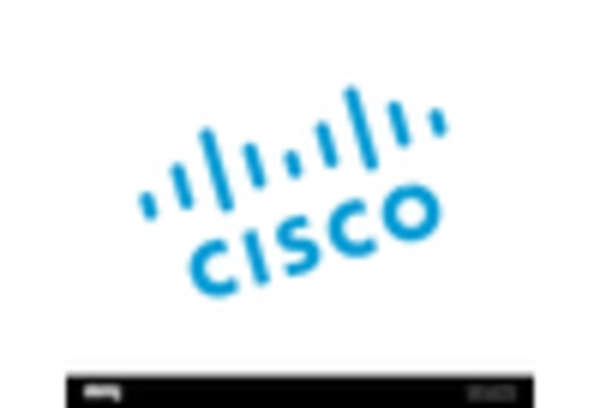
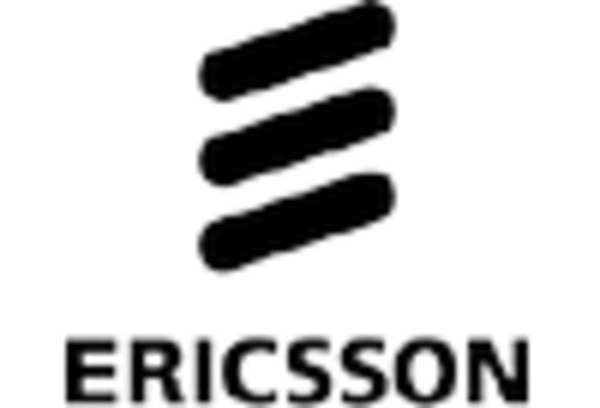
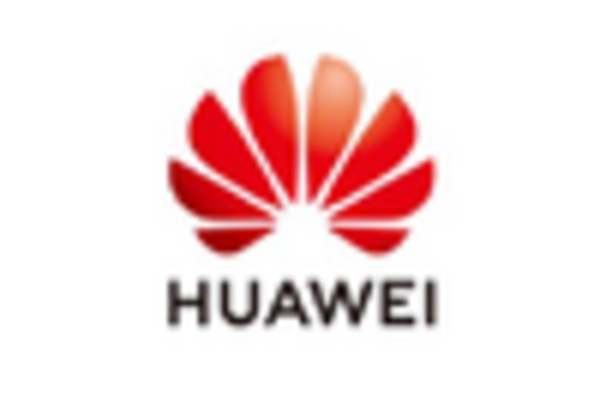
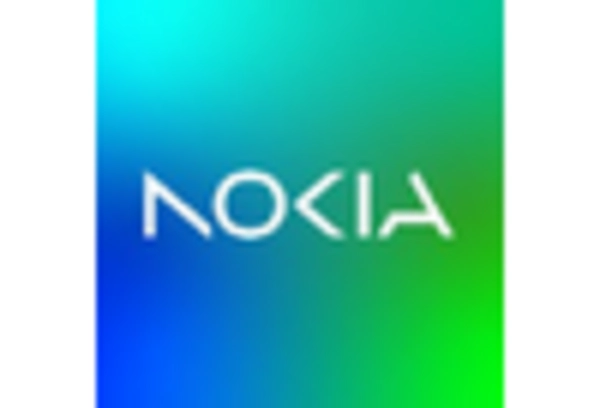
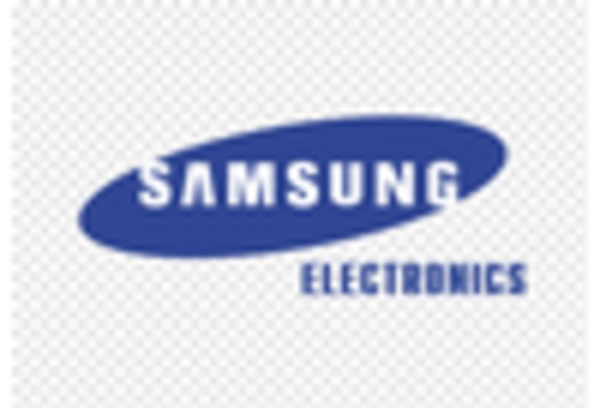
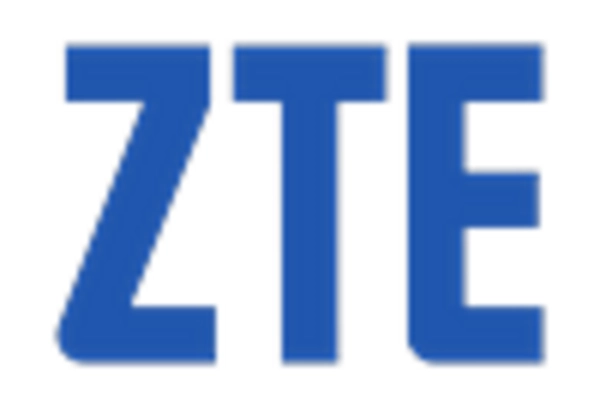








Leave a Comment